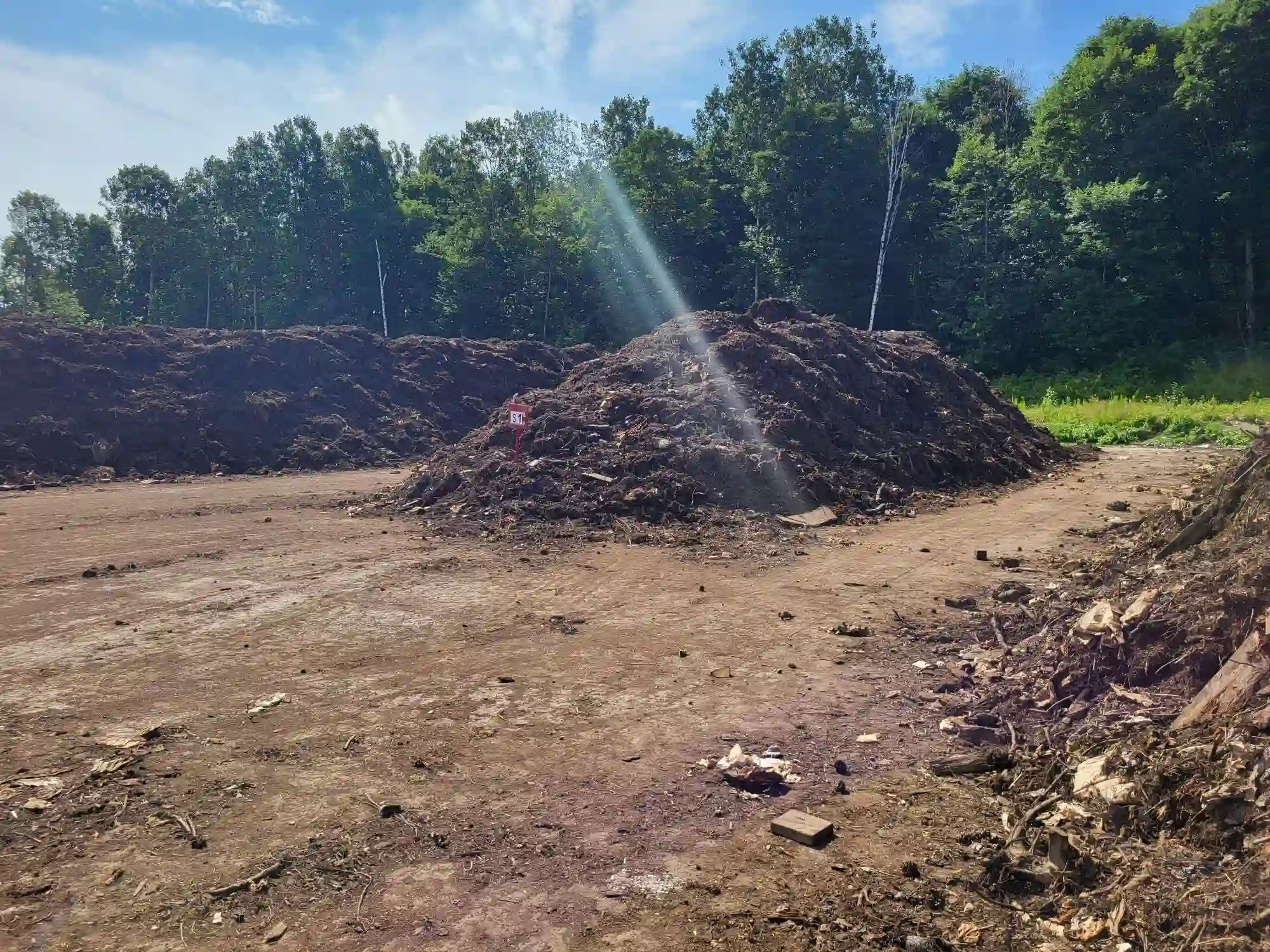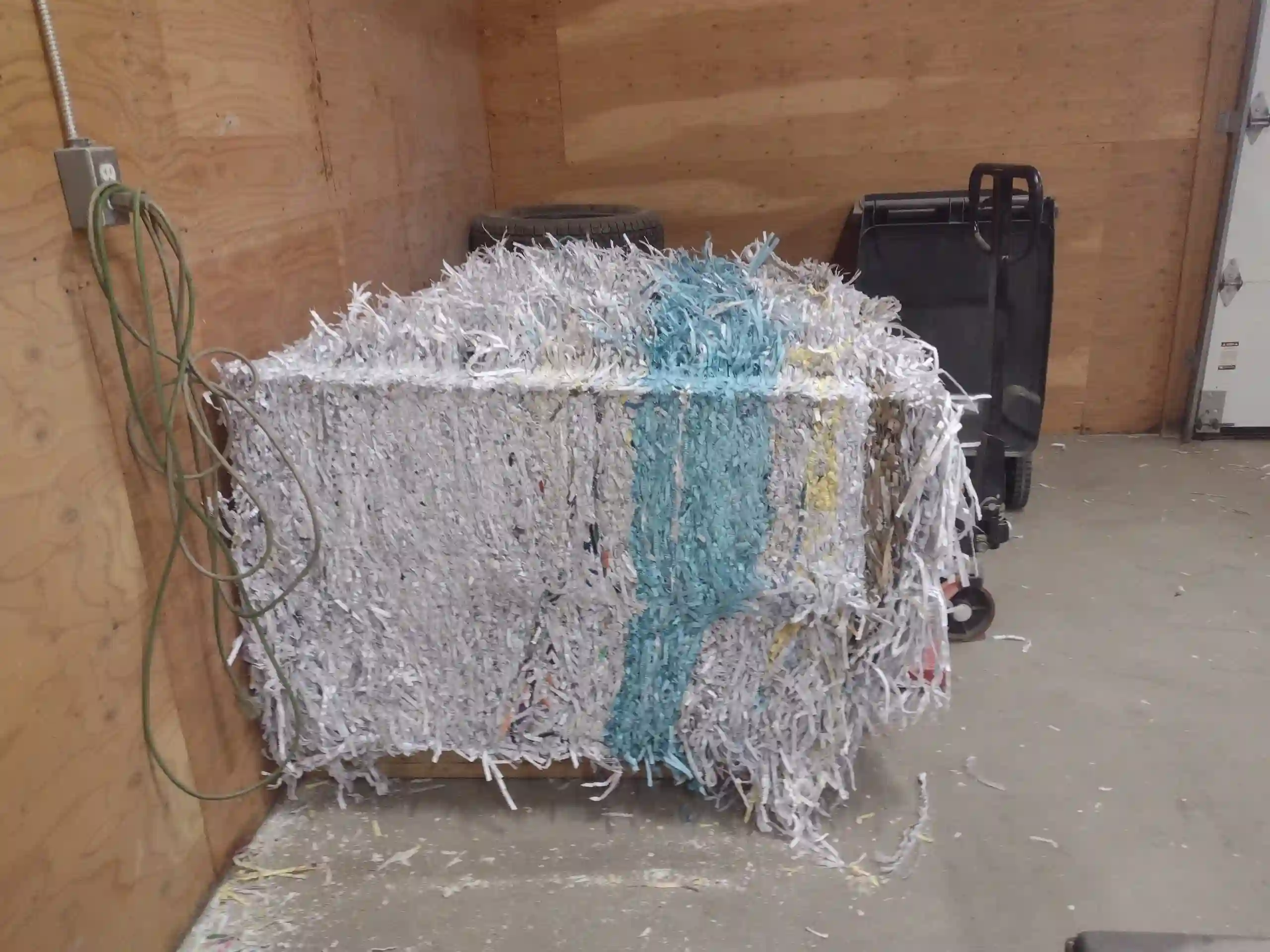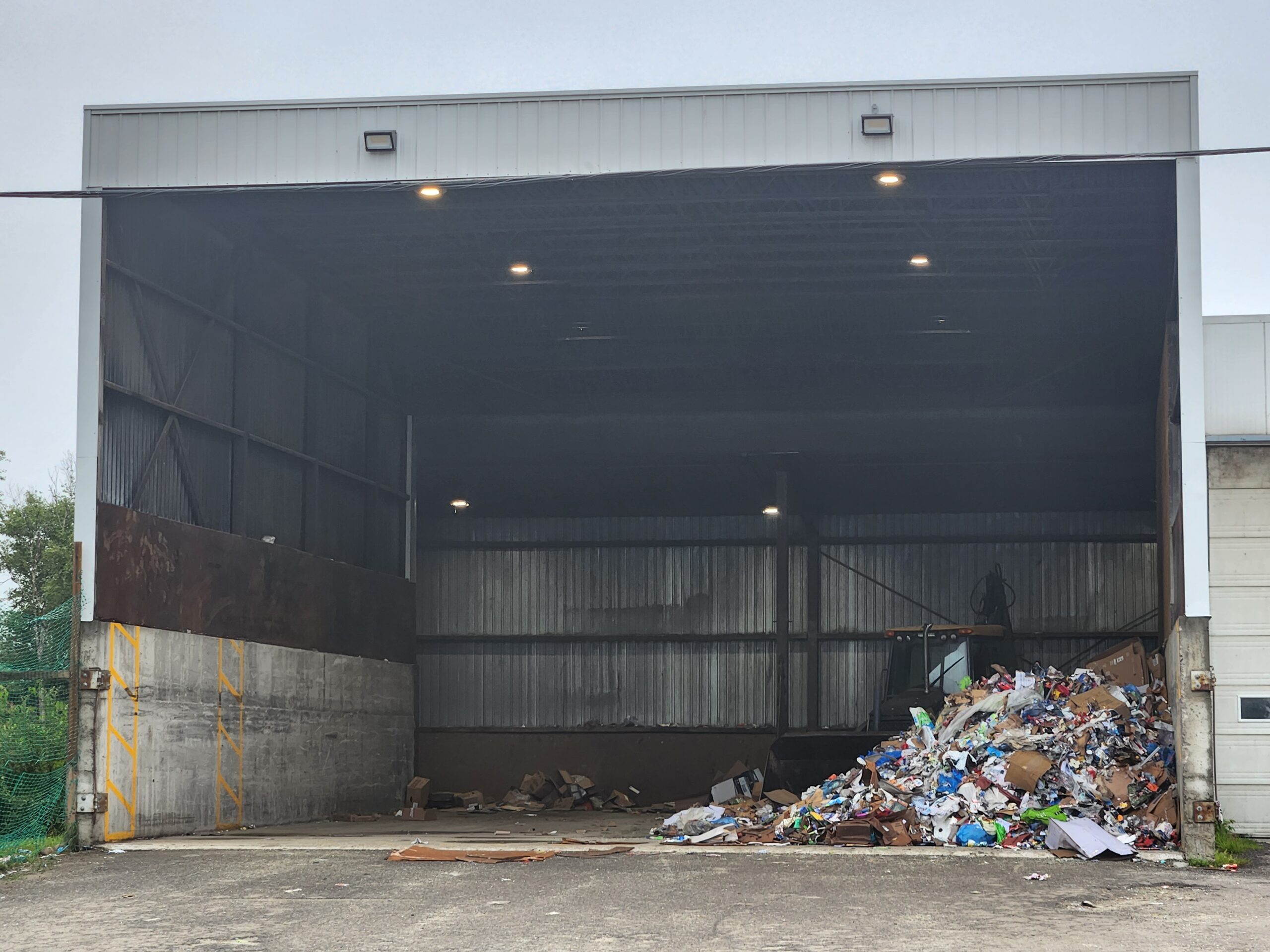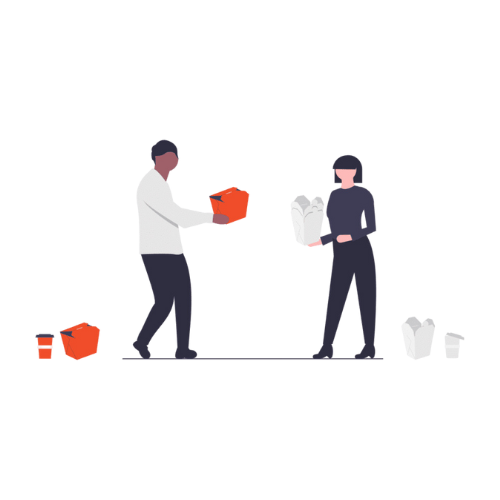WASTE TREATMENT CENTER: CASE STUDY
Waste disposal, composting, waste recovery: explore The Regie of La Lievre's green initiatives for a more environmentally-friendly community.
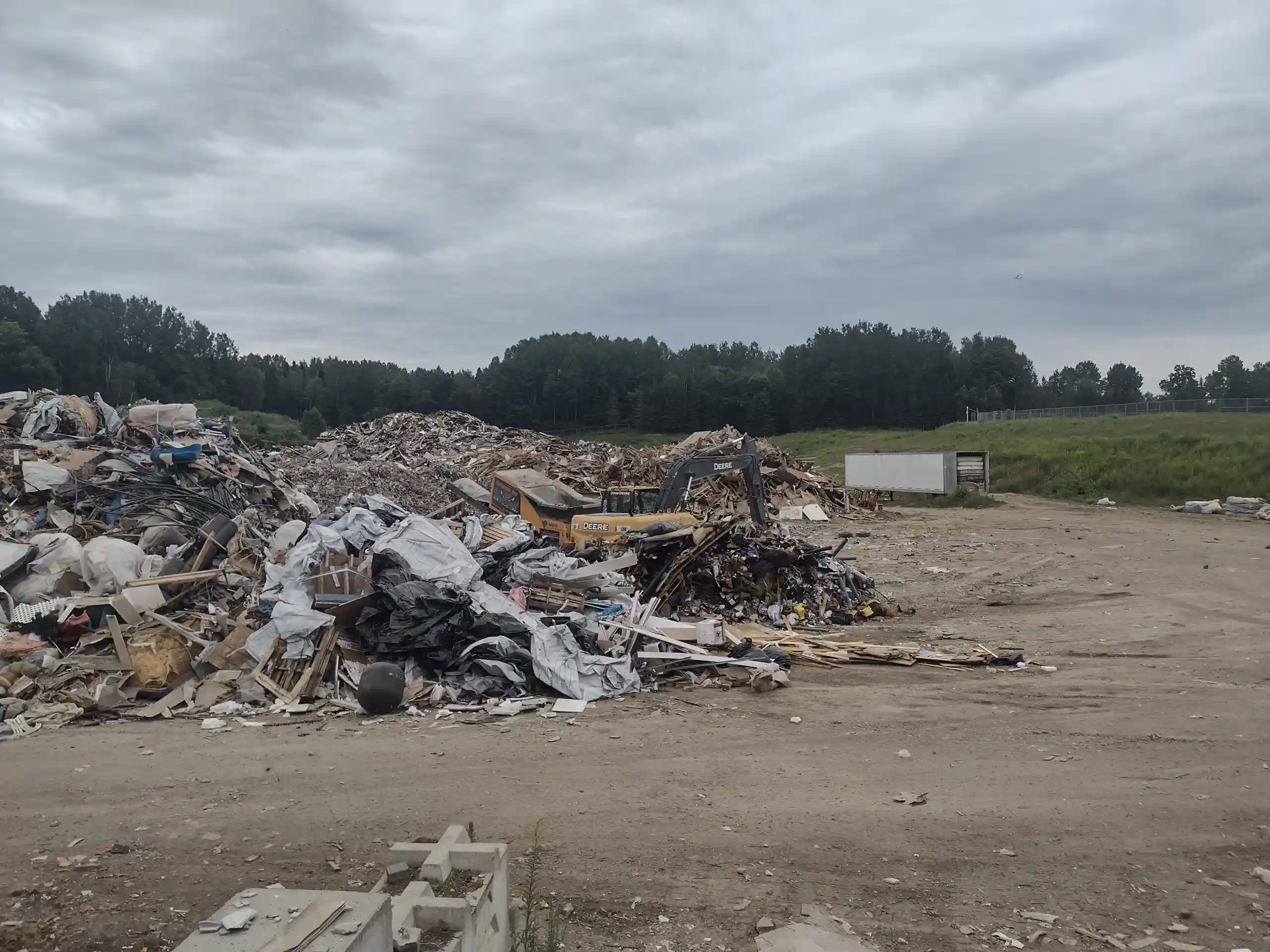
The Regie intermunicipale des déchets de la Lièvre (intermunicipal waste management board – RIDL) is an organization that has been involved in the management of organic, recyclable and residual materials for almost 40 years, since 1985.
It operates in the Upper Laurentians, more specifically in the Lièvre Valley, where it represents twelve municipalities in the Antoine-Labelle MRC. The organization plays an essential role in the region’s waste management.
Information on the Sustainable Community member
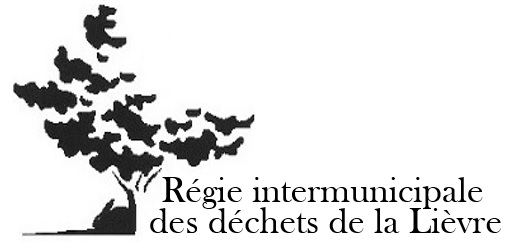
- Name: Régie intermunicipale des déchets de la Lièvre
- Sector: Waste Disposal
- Sub-sector : Environment
- Organization type : Municipality
- Location: Mont Laurier, QC, Canada
Regie of La Lievre’s Climate Challenge
The RIDL wants to reduce its carbon footprint. To this end, it has implemented a system for capturing and destroying biogas from its sanitary landfill and its engineered landfill.
Your commitment to decarbonization
Production of carbon credits
Would you like to finance your GHG reduction projects like the Regie of La Lievre? Register to the Sustainable Community, generate free carbon credits and boost your long-term decarbonization strategy!
Purchase of carbon credits
Do you appreciate sustainable community projects like those carried out by the Regie of La Lievre? Buy verified carbon credits today to support WILL and achieve carbon neutrality or net zero!
Actions implemented to decarbonize the RIDL activities
2017
Joining the Sustainable Community
2
listed buildings and infrastructures
4
types of GHG reduction projects developed
7
years of commitment
2017
Joining the Sustainable Community
2
listed buildings and infrastructures
4
types of GHG reduction projects developed
7
years of commitment
Numerous types of greenhouse gas reduction projects have been developed by the company to decarbonize its activities. Unsurprisingly, the ecocenter’s projects relate to residual materials management (48 microprojects). The company has carried out projects in 4 main sub-categories:
#1 Organic sludge diverted from landfill (since 2015)
Since 2015, RIDL has been receiving septic tank sludge for treatment. Previously, septage was sent nearly 100 km from Mont-Laurier.
Once it has passed through the screen and rotary press, the RIDL composts the septic tank sludge and uses the mature compost from the sludge processing for the final covering of its landfill cells. This project avoids the emission of several hundred tonnes of CO2 equivalent each year by producing compost used directly on site, in a circular logic.
#2 Urban biomass diverted from landfill (since 2010)
The RIDL manages the collection of organic, recyclable and residual materials for thousands of households. Prior to 2010, urban biomass from the construction, renovation and demolition (CRD) sector was sent to landfill, generating significant methane emissions. Thanks to its project launched in 2010, RIDL now recovers and recycles this biomass, avoiding several thousand tonnes of CO2 every year. In addition, the composted biomass is used as a cover for the landfill site, maximizing its usefulness.
#3 Organic matter diverted from landfill (green waste and branches) through composting (since 2015)
RIDL offers its member municipalities a collection service for organic materials (table scraps and green waste). Once the materials arrive at the composting platform, they are transformed into compost which, after analysis, is given to citizens free of charge. The RIDL’s project, implemented in 2015, therefore aims to divert organic materials and green residues from landfill by offering a composting service for the latter. This project avoids the emission of several thousand tonnes of CO2 equivalent every year.
#4 Confidential paper shredding service
RIDL offers a confidential paper shredding service. Once collected, the paper is shredded and baled.
The RIDL’s project, implemented in 2007, aims to divert paper from landfill for recycling. This project avoids the emission of several thousand tonnes of CO2 equivalent every year. What’s more, the material is recycled, enabling the production of new paper-based products.
#5 Commercial cardboard collection
RIDL offers a commercial cardboard collection service to nearly 260 customers across its twelve member municipalities. Once collected from the customer’s premises, the cardboard is baled. The RIDL’s project, implemented in 1995, aims to divert cardboard from landfill for recycling. This project avoids the emission of several thousand tonnes of CO2 equivalent every year. What’s more, the material is recycled, enabling the production of new cardboard-based products.
Other environmental initiatives
The RIDL is also committed to the environment through various initiatives. In particular, the ecocenter:
– Encourages sorting
– Raises community awareness of sustainable waste management
– Promotes community involvement
– Respects standards while going beyond common practices and regulatory obligations.
Thanks to these commitments, the social and environmental well-being of the region is strengthened. The company also ensures waste management in line with industry best practices.
And there’s more to come! In particular, new ecological projects are planned at RIDL. Stay tuned!
The RIDL Waste Sorting Center testimonial: Jimmy Brisebois's vision of a sustainable community
“The experience with WILL has been most satisfying, from every point of view!
First, the Sustainable Community project headed by WILL enables the Régie to generate additional revenue and thus limit the fees charged to its member municipalities. Additionally, WILL enables us to reduce our production of greenhouse gases from waste, notably through various reports and projections of GHG reductions.
It’s also important to note that WILL’s project management requires little effort on our part, which we see as a positive aspect of the project. Indeed, we don’t need to mobilize additional resources or time, which is very important for a medium-sized organization like ours.”
My corporate carbon pledge
Decarbonization strategy results
tonnes of Co2e reduced (since 2010)
tonnes of Co2e reduced annually (2018 figures)
CAD repaid in one year (2023 figures)
The Eye of WILL: decarbonization issues for the waste management sector
Here are some key tips for companies in the recycling and waste management sector to help reduce their carbon footprint and contribute to the fight against climate change.
Main decarbonation strategies for waste management activities
1. Measure your carbon footprint: Start by measuring your current carbon footprint to understand the environmental impact of your waste management center. Then, establish a firm commitment to decarbonization by setting clear goals and developing a solid action plan to reduce your greenhouse gas emissions. What’s more, Will Solutions can help you measure your annual carbon footprint and draw up an action plan!
2. Reduction at source: Encourage reduction at source by working with waste producers to minimize the amount of waste generated, for example by promoting recycling and reuse.
3. Selective sorting: Implement an effective selective sorting system to maximize the recovery of recyclable materials and reduce waste going to landfill.
4. Route optimization: Plan collection routes to reduce the distances covered by collection vehicles, thus minimizing fuel consumption.
5. Fleet electrification: Where possible, replace fossil-fuel-powered collection vehicles with electric or hybrid vehicles, thereby reducing CO2 emissions.
6. Renewable energy: Invest in renewable energy to power your waste management center’s operations, whether via solar panels, wind turbines, or other green energy sources.
7. Methanization: Explore the methanization of organic waste to produce biogas, a clean energy source, while reducing methane emissions.
8. Circular economy: Encourage the reuse and recycling of materials extracted from waste, creating a more sustainable circular economy model.
Operational excellence for waste management centers
9. Monitoring and reporting: Set up a regular monitoring system for greenhouse gas emissions and produce transparent reports to measure progress in reducing carbon footprint. In fact, this is part of our Sustainable Community service.
10. Collaboration: Collaborate with other stakeholders, including local authorities, businesses and communities, to develop innovative decarbonization solutions and share best practices.
11. Regulations and incentives: Stay informed about government regulations related to decarbonization and explore financial incentives to support your emissions reduction efforts such as the Will Solutions Sustainable Community.
12. Research and development: Invest in research and development to discover new, more environmentally-friendly technologies and waste management methods.
13. Training and awareness: Train staff in decarbonization best practices and raise awareness of the importance of reducing the center’s carbon footprint.
Ultimately, by implementing these key tips, your waste management center can make a significant contribution to decarbonization while promoting a cleaner, more sustainable environment.




